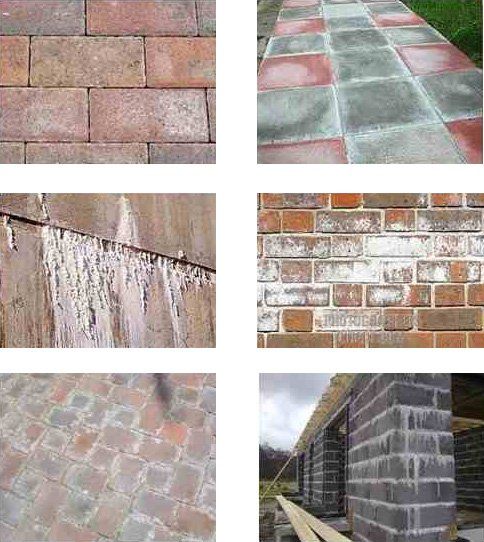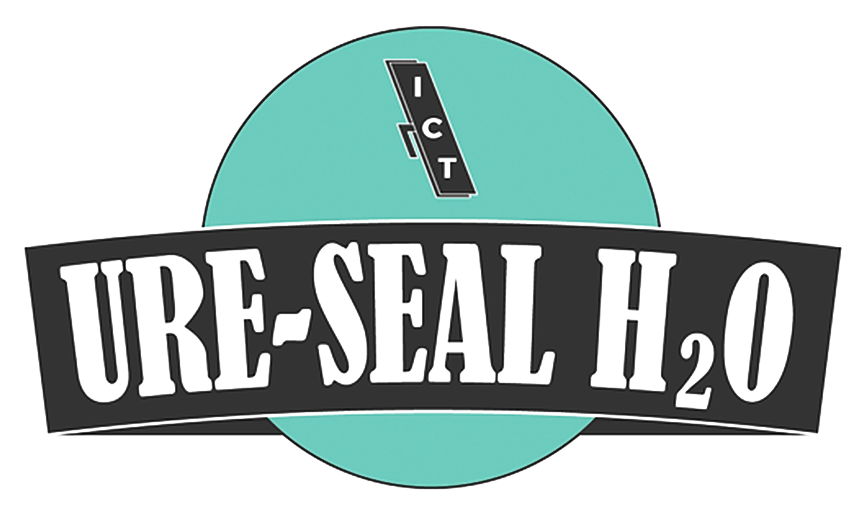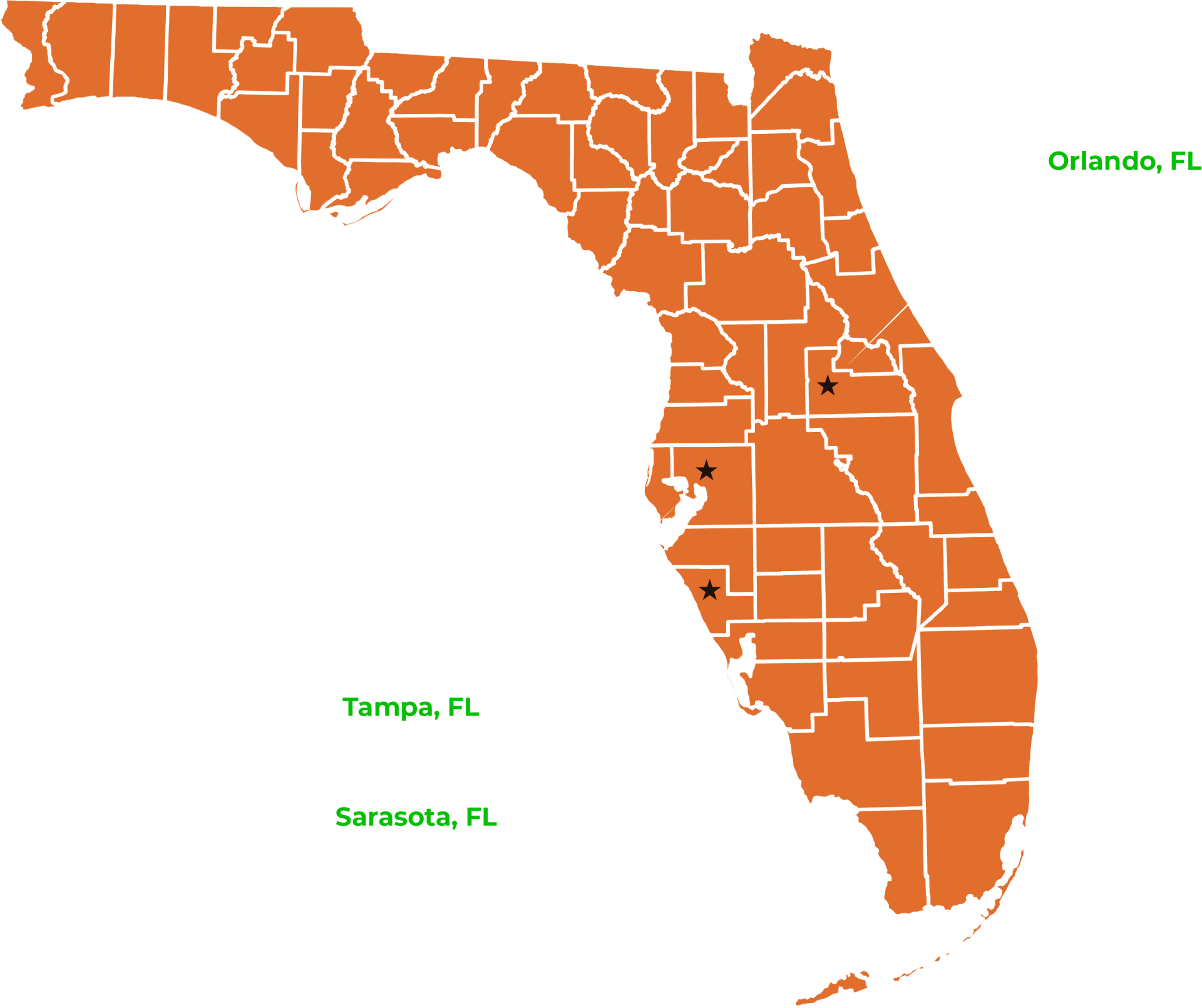Efflorescence: Tropical Paver Sealing Offers Removal & Prevention
Efflorescence: What causes it and how can it be controlled?
- Whitening of the Pavers: Moisture in the solvent-based sealer, improper sealing technique, bad or wrong sealer, excess sand, etc.
- Grease Stains: If a paver is not sealed, grease can penetrate and be permanent. When sealed properly grease and other stains have a much harder time getting through the sealer onto the paver.
EFFLORESCENCE (ef-flo-res-cence)
1.
a change on the surface to a powdery substance upon exposure to air, as a crystalline substance through loss of water.
2.
to become incrusted or covered with crystals of salt or the like through evaporation or chemical change.
Efflorescence is a problem that has caused trouble for masonry for thousands of years. It is normally a white, powdery substance that can appear on masonry walls after construction but can also be brown green or yellow, depending on the type of salts. It can also be a problem for some pavers made from brick which is a form of masonry. Your can benefit from Tropical Paver Sealing’s extensive knowledge when it comes to efflorescence on your pavers when we provide a free estimate.
You can spend a lot of time, money and effort to solve the difficulties efflorescence generates, however, nothing has proven to be 100% effective. A great deal has been learned about how efflorescence works and how to prevent it, and if preventive measures are inadequate, how to remove the efflorescence if it does appear. If you are not sure your pavers are displaying evidence of efflorescence, contact us at 727-786-4011 and we can set up an appointment to view your pavers and provide a free estimate (if needed) to remove efflorescence and prevent it from returning.
Three conditions must exist before efflorescence will occur.
- First: There must be water-soluble salts present.
- Second: There must be sufficient moisture to render the salts into a soluble solution.
- Third: There must be a path for the soluble salts to migrate through to the surface where the moisture can evaporate, thus depositing the salts which then crystallize and cause efflorescence.
All three conditions must exist. If any one of these conditions is not present, then efflorescence cannot occur. Even though the efflorescence problem is complex, it is not difficult to prevent. No economically feasible way exists to totally eliminate any one of these three conditions, however, it is relatively simple to reduce all three conditions and make it nearly impossible for efflorescence to occur.

Source of Efflorescent Salts
The alkali sulfates appear within the clay brick itself. These alkalies combine with sulfates from the masonry to form sulfate salts. The alkali sulfates in the pavers are dissolved by water into a solution which then moves through the natural pores in the paver itself. The solution migrates to the surface of the driveway or walkway where the water evaporates, depositing the salts on the surface and generating the white powdery scum we know as efflorescence.
Natural clay pavers often contain soluble alkali sulfates. Most modern fired clay brick pavers have balanced chemical additives to immobilize the sulfates and render them insoluble. This prevents the salts from being dissolved into a solution that could migrate through to the surface. Most fired clay brick do not greatly contribute towards the efflorescence problem.
Another source for soluble salts would be the sand used in the process of laying pavers. Contaminated sands with soluble alkali sulfates will cause efflorescence unless the sulfates are removed. Using clean, washed sand will eliminate any efflorescing contribution.
The water used during construction can also be a source of contaminants. Clean, potable, salt free water must be used at all times. Water from the source where your pavers are going to be installed should be checked for alkali sulfate contents to be sure no efflorescing salts will be introduced into the paving project.
Controlling Efflorescence
Even if soluble alkali sulfates exist, before the sulfates can cause efflorescence the salts must be dissolved into solution by water. If no moisture reaches the sulfates then they cannot be rendered into solution and migrate to the surface where the water will evaporate, leaving the sulfate salts on the surface to crystallize and become efflorescence. This can be accomplished with a good paver sealant. If you have your pavers sealed at the time of installation by a professional paver company, you may never experience efflorescence. Re-sealing your pavers every 2-3 years will keep them looking as good as the day they were installed.
Removing Efflorescence
Despite all efforts, efflorescence may sometimes occur. Perhaps your pavers are older and were never sealed, or the sealant wore off. Perhaps a less-than-qualified paver company installed or sealed your pavers. Whatever the reason, when efflorescence does appear, it has to be removed.
The first step in removing efflorescence should be an attempt to identify the salts. If the salts are water-soluble, the best removal method is with a dry brush. Rinsing with water or natural weathering process may also be effective. Alternately, if the efflorescence is in small patches or limited areas, handwashing with a mild detergent and a stiff bristle brush will often prove sufficient.
The traditional method of cleaning has been sandblasting, which, of course, works. Unfortunately it removes just about everything else, too. The abrasive action of the sand erodes the surface of the paver along with any deposited salts. This increases the porous qualities of the paver and the water absorptive nature. After sandblasting, the paver is more porous, has voids for infiltration, and may even reveal cracks in the clay. Sandblasting should only be used as a last resort, and then with caution. Afterwards the pavers should be sealed with a waterproofing material.
An alternative to sandblasting, which has shown good success when done properly is the use of special chemical cleaners. After the cleaning solution has been used, the pavers must be thoroughly washed with clean water to remove any of the cleaning chemicals . Cleaning efflorescence from masonry bricks does not cure the problem; it only removes the symptoms. After cleaning, the efflorescence will reappear unless the natural efflorescent chain is broken. Due to the added water used when presoaking and post-flushing the walls when using chemical or acid cleaners, the efflorescence will sometimes reappear, often stronger than before. After cleaning, the pavers should be sealed at the appropriate time to prevent future efflorescence.
Care must be taken not to trap the salts below the surface of the masonry. This condition is known as crytoflorescence. If the salts are stopped just below the surface, for instance by a silicon water repellent, the water will still evaporate, depositing the salts behind the surface, which then crystallize. Many do-it-yourself homeowners experience expanding salt crystals which causes spalling or disintegration of the brick, because they do not follow directions, use the improper sealant material, or do not know when to apply the paver sealant. Using a professional sealing company ensures that the proper time and prevention efforts have all been applied and the sealing process is done only when the efflorescence problem has been reduced to a minimum.
Efflorescence is a controllable condition that should not be a problem in modern brick paving projects. Breaking the chain of conditions necessary for efflorescence can be done with good details, the correct materials and quality construction. If you need more information about efflorescence, please contact us. We’ll analyze, remove your efflorescence problem, seal your pavers and help prevent any future issues.
The post Efflorescence: Tropical Paver Sealing Offers Removal & Prevention appeared first on Tropical Paver Sealing.


